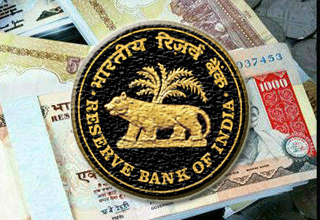RBI increases hedging limit to USD 250,000; keeps it unchanged for SMEs
Updated: Apr 09, 2014 01:26:21pm

"... it has now been decided to allow all resident individuals, firms and companies, who have actual or anticipated foreign exchange exposures to book foreign exchange forward contracts up to USD 250,000 on the basis of a simple declaration without any requirement of further documentation," RBI said in a notification.
However, “The existing facilities for small and medium enterprises (SMEs) having exposures to foreign exchange risk permitting them to book or roll over forward contracts without production of underlying documents to manage their exposures effectively subject to conditions specified therein shall remain unchanged,” it said.
What is currency hedging and how does it work?
In export or import of material, we need to deal in foreign currency. Dollar is the most preferred international currency for trading. The value of dollar fluctuates with respect to rupees; therefore the concept of hedging comes into picture.
Currency fluctuation is purely based on demand/ supply of dollars. The government at one point of time was deciding on the value, but now it has indirect impact only on the dollar value. India is net importer of goods (i.e the value of total import is more than the value of total exports). Hence we require more dollars to pay for all the imports done; hence dollar is always a scarce resource in India. Crude oil is biggest contributor of import bill.
There are tools to hedge currency fluctuation. There is reasonably good awareness about hedging among Indian business units. However, the cost of hedging is very high in India; hence people would rather take the risk than hedge the receivable or payable. It is like premium to be paid for insurance. If the premium is high, people tend to live with the risk rather than go for coverage. Nonetheless, any large business house always has a portion of their exposure hedged. (KNN/SD)












